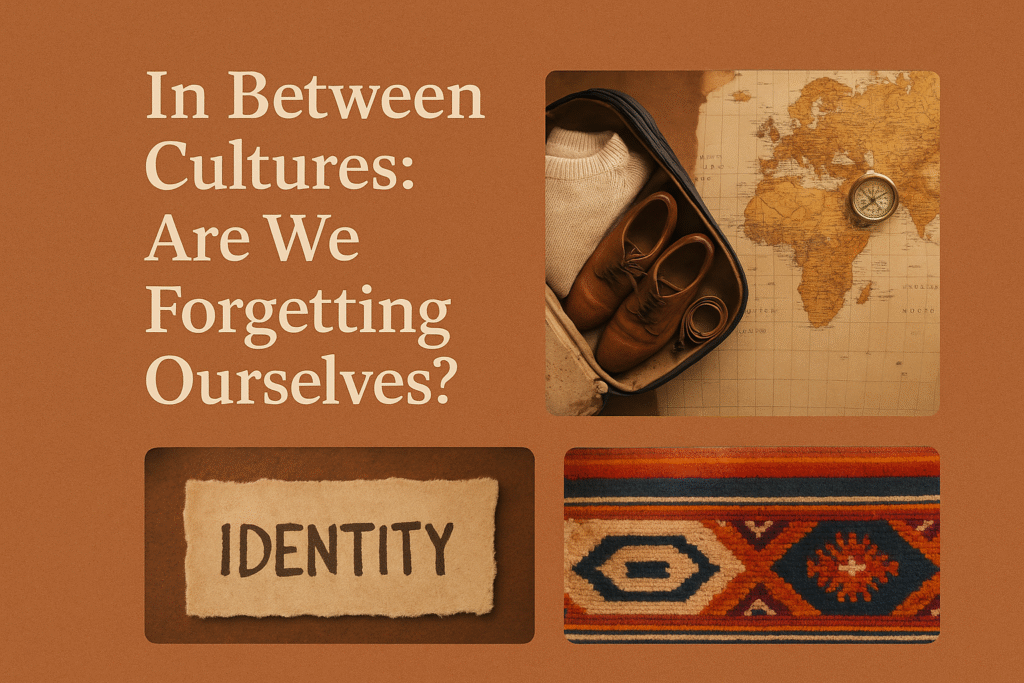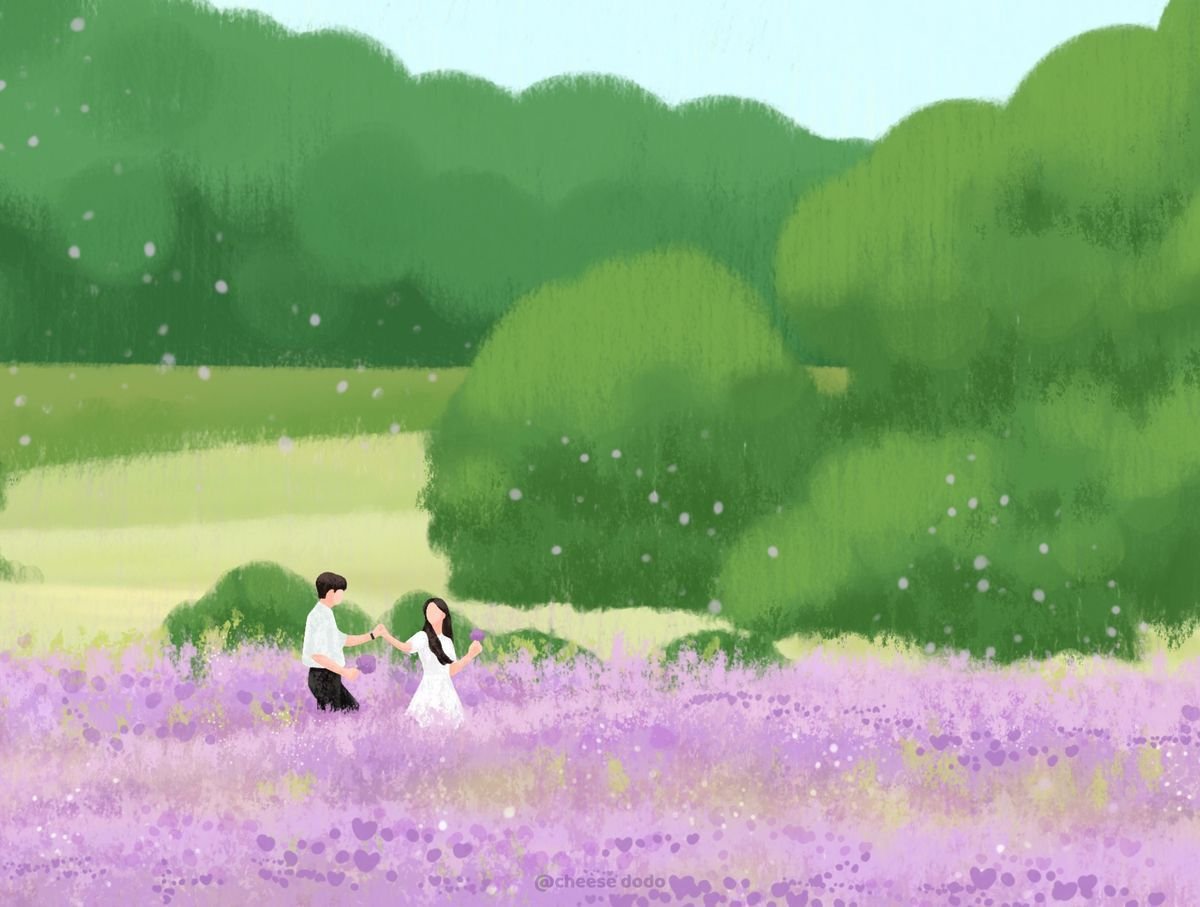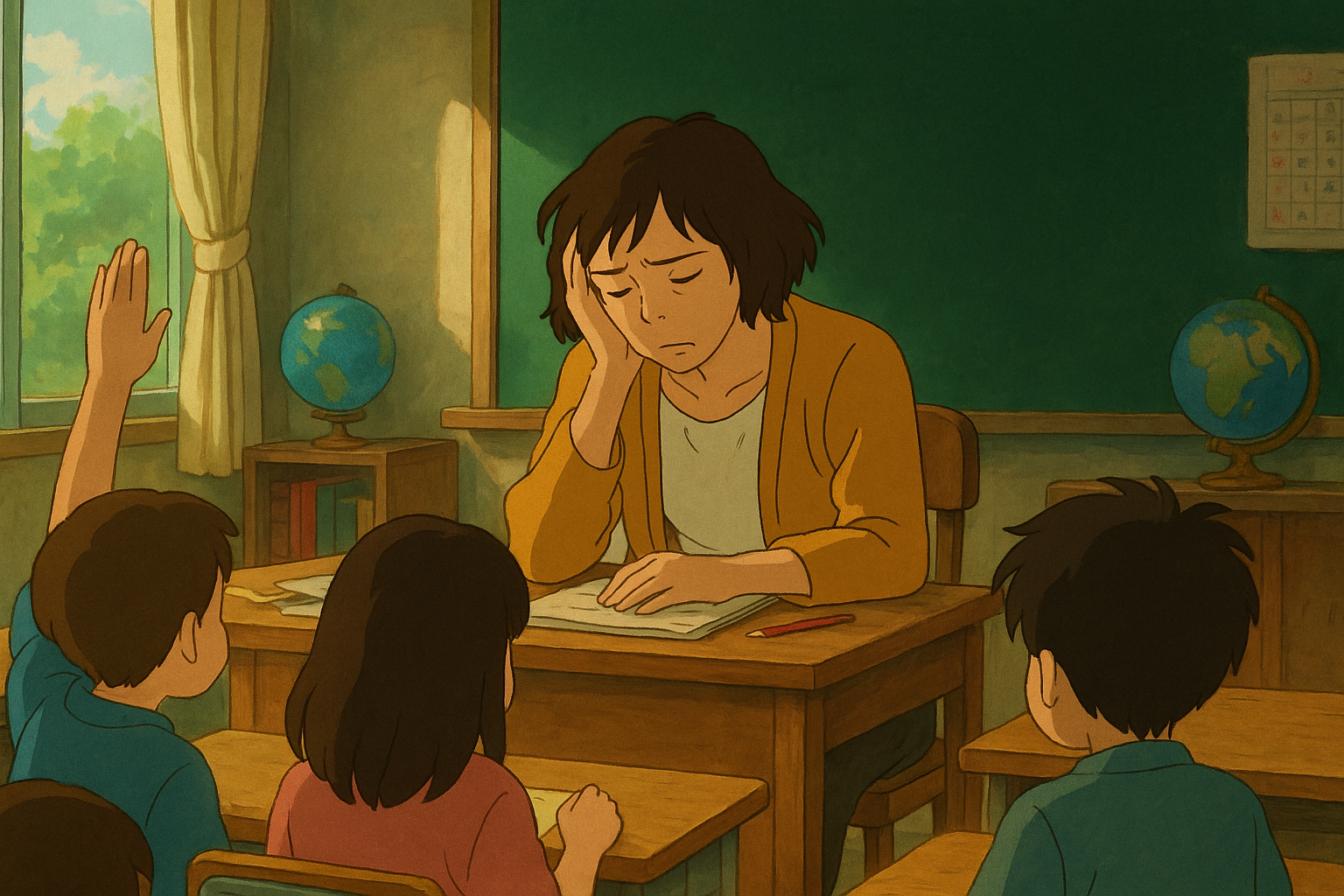A heartfelt reflection on identity, tradition, and the courage to be ourselves in a world constantly trying to shape us.
Who are we, really?
It’s not a loud question. It doesn’t scream or demand an answer in public.
It arrives quietly—when you’re alone. When you’re removing your bindi in front of a mirror after a work meeting. When you’re speaking English confidently in a room full of strangers but feel an ache for your mother tongue.
When you’re doing everything “right,” and still feel something inside you slipping away.
Are we still the ones who grew up with the smell of incense in the corners of our homes, who learned prayers before we knew poems, who were taught to eat with our hands and bow our heads to elders?
Or are we becoming a blurred sketch of something else—half Western, half Indian, yet fully unsure of who we are?
We say we’re evolving. But is this evolution… or erasure?
There’s a name for this in-between space we’re all floating in.
Confusion. Quiet, constant, and deeply personal.
Living Between Two Worlds
We grew up rooted in tradition.
Our childhoods were wrapped in stories told by grandparents, prayers whispered at dawn, the scent of incense in quiet corners, and the discipline of folded hands and respectful silences.
We were taught values—not through lectures, but through the way life moved around us.
But as we began to grow, the world around us started changing.
Our parents, watching the pace of the world quicken, wanted us to stay ahead.
They encouraged us to learn fluent English, to dress smartly, to be confident and modern, to be “presentable” in a world that didn’t always speak the language of tradition.
And we tried—earnestly, awkwardly, endlessly.
We celebrated Diwali at home and participated in Secret Santa at school.
We spoke Hindi or Bengali in the kitchen and flawless English in classrooms.
We followed rituals we didn’t fully understand and copied trends we didn’t fully feel connected to.
We became experts at switching identities—slipping into whatever version of ourselves the moment demanded.
But in trying to live in both worlds, we never fully felt at home in either.
That’s where the confusion began—not because we lacked values, but because we were forced to wear too many faces.
And in trying to belong everywhere, we slowly stopped feeling like we belonged anywhere.
The Myth of Choice
We are often told—“It’s your life. It’s your choice.”
But the moment we make that choice, the world begins to whisper.
Wear traditional clothes?
You’re backward.
Choose modern outfits?
You’re shameless.
Stick to customs?
You’re too rigid.
Break them?
You’re disrespectful.
So what is the real choice?
Is it truly ours? Or does it always come wrapped in judgment?
No matter what direction we move in, someone always points fingers—telling us we’re either too much or not enough. And slowly, we begin to doubt our own decisions. Not because they are wrong—but because they are never fully accepted.
When Tradition Turns into Contradiction
Nowhere is this more visible than in the institution of marriage.
Families that travel abroad, watch global cinema, talk about gender equality—suddenly become silent when their child mentions love marriage or an inter-community relationship.
“I want you to be happy,” they say…
…until your happiness doesn’t fit into their definition.
And then come the subtle punishments. Cold silences. Social shame. Cultural guilt. Even within Indian culture, the divide is loud. North vs. South. East vs. West. Urban vs. Rural. We don’t just struggle between Indian and Western cultures—we struggle within our own. We hesitate to speak to someone because their surname is unfamiliar. We distance ourselves because someone’s rituals don’t look like ours. We think we’re preserving tradition—but in truth, we’re shrinking it.
When did diversity become division?
The Silent Classroom
As a teacher, this conflict isn’t just something I feel—it’s something I witness.
Children today can name cities in Europe but not states in India.
They can pronounce “pasta” perfectly, but stumble over Indian folk tales.
They celebrate Halloween with excitement but cannot explain the true meaning behind Dussehra or Holi.
And no, this is not their failure.
It is ours.
We created an education system that teaches them everything—except who they are. I remember my own childhood, when my grandfather didn’t just teach me culture —he breathed it into me. Through stories, through silence, through tiny acts of meaning.
From him, I learned that being Indian was not about performance—it was about presence.
Today, that presence is fading.
Our values are being replaced by validation.
Our roots are being swapped for relatability.
And in this process, we are raising global minds with forgotten hearts.
But what if…
But what if it didn’t have to be this way?
What if we stopped asking “What will people think?” and started asking “What do I truly believe?”
What if we taught our children that they don’t have to pick sides—that they can carry their roots and still spread their wings?
What if we allowed people to pray differently, speak differently, dress differently, and still belong?
What if we accepted that being modern doesn’t mean forgetting your past—and that following tradition doesn’t mean denying the present?
And what if we reminded ourselves that it’s okay to be many things at once?
You can be rooted and free.
Soft and strong.
Simple and extraordinary.
Because identity is not a box. It’s a canvas.
And the colours we choose are ours.
Start from Within
It’s not just about India vs. the West.
It’s about the India within India.
It’s about the walls we’ve built between states, between languages, between customs.
It’s about the quiet judgments we pass when someone doesn’t follow “our way.”
It’s about ignoring someone because they don’t fit into the version of culture we grew up with.
But real culture is not about sameness. It’s about acceptance.
We don’t have to agree with everyone. But we can respect them.
We can choose understanding over ignorance.
We can choose inclusion over ego.
And this change… this shift… it doesn’t start with governments or institutions.
It starts within.
A Gentle Ending: Where Do We Go from Here?
We say we want change.
But change doesn’t begin with systems, governments, or education policies.
It begins with something far more personal: how we see ourselves—and how we choose to see each other.
It begins when we stop mocking someone’s accent, stop calling someone “too traditional” or “too modern.”
When we stop measuring worth by clothes, language, or lifestyle.
When we stop treating simplicity as weakness—and start seeing it as strength.
When we realize that being “presentable” shouldn’t come at the cost of being authentic.
And it begins when we understand that India was never meant to be one voice.
It has always been a symphony—loud and soft, ancient and new, diverse and evolving.
A real culture doesn’t demand sameness or uniformity.
It invites difference, celebrates individual journeys, and holds space for every kind of truth.
You don’t have to prove yourself to this world.
You only need to be at peace with yourself.
Carry your roots like strength—not like shame.
Walk your path—not to fit in, but to be whole.
Because in the end, living peacefully, truthfully, and joyfully matters so much more than living perfectly.
And being yourself—genuinely, kindly, unapologetically—will always be more meaningful than trying to be someone the world expects.
So maybe it’s time we ask:
Do we really want to belong to a world that doesn’t allow us to be who we truly are?
Or… Can we start building a world that accepts every version of being Indian, without judgment
or shame?
And most importantly—
Can we start by accepting that the first step toward any real change… must begin within
ourselves?





